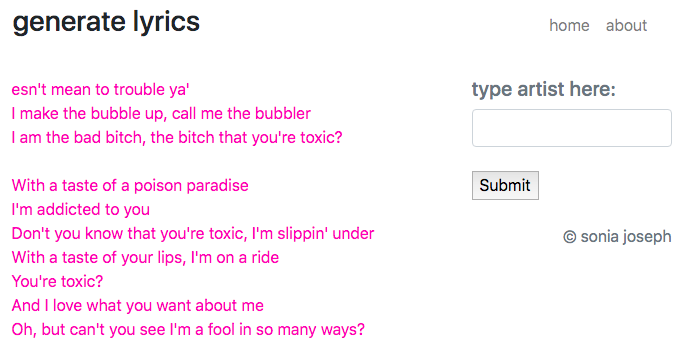

This is really cool for example to generate words that sound English but aren’t (say for random passwords that can be pronounced/remembered). It will generate words that do not exist but respect the essence of the corpus it’s based on. We keep going until an null letter is reached, signifying the end of the generated word. We now use this sequence as the basis for our next letter and look for the letters that can follow it. Our generated word is now comprised of “null” and “r”. Let’s say that the letter “r” was chosen. We generate a random number between 0 and 1 and use it to pick which following letter will be chosen. Their added probabilities will be 1 obviously.

Say that we need to generate a word at depth 2, we seed the word with 2 null letters, then we look in the table for all the letters that can follow a sequence of 2 null letters and their associated probabilities. When the time comes to generate words, this table of probabilities is used. The result of all this studying is a table of probabilities defining the chances that letters follow given sequences of letters. For depth two the probability of a letter following a sequence of 2 letters is established. For depth one, the probability of a letter following another is established. Given a corpus, letter patterns are studied at different depths. In this first post I will talk about generating words. This is a very powerful algorithm that can also be used to generate new material (words, text, et cetera). Corpora are studied to establish the construction of sentences. Markov chains are used primarily in Natural Language Processing for part-of-speech tagging.


 0 kommentar(er)
0 kommentar(er)
